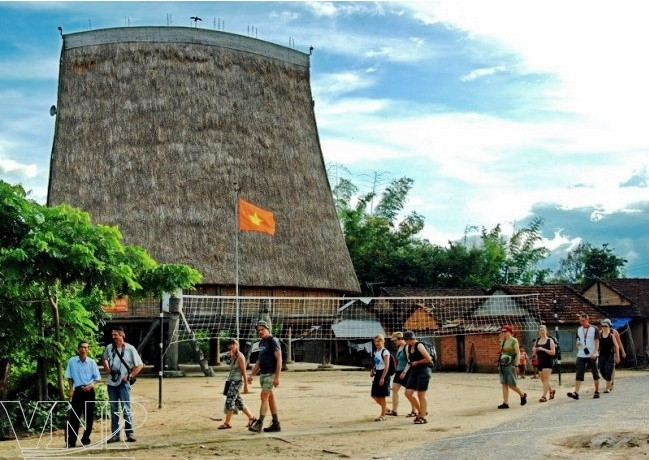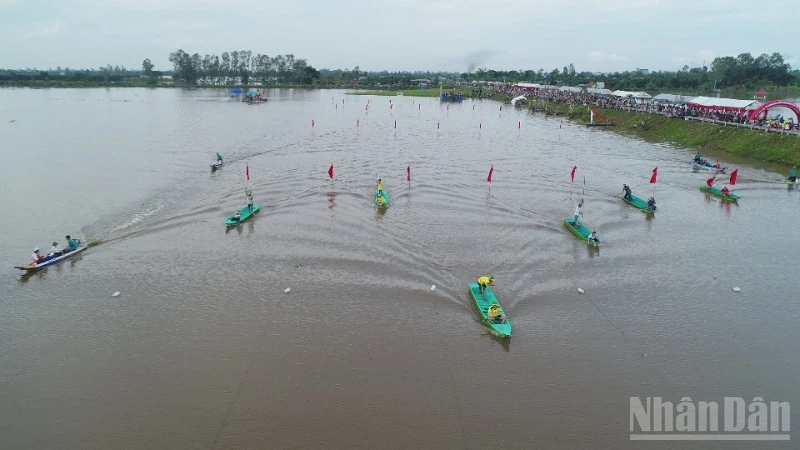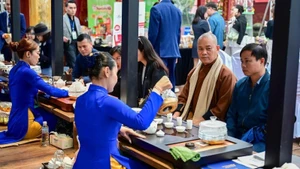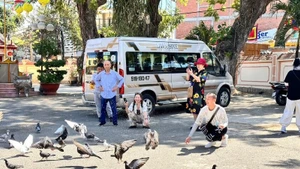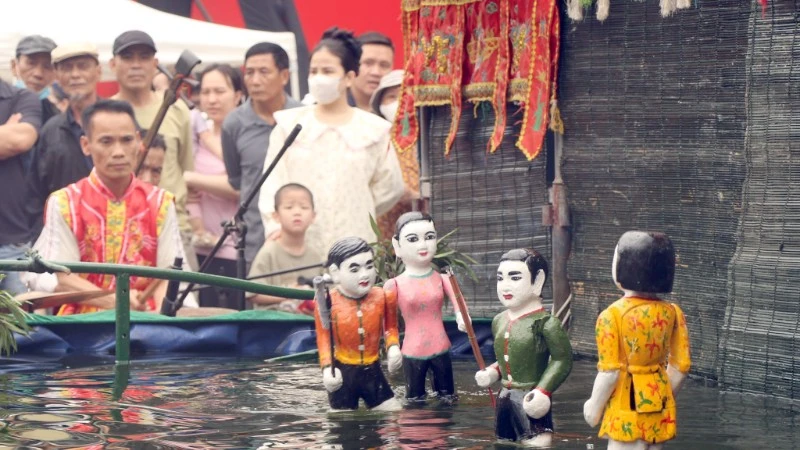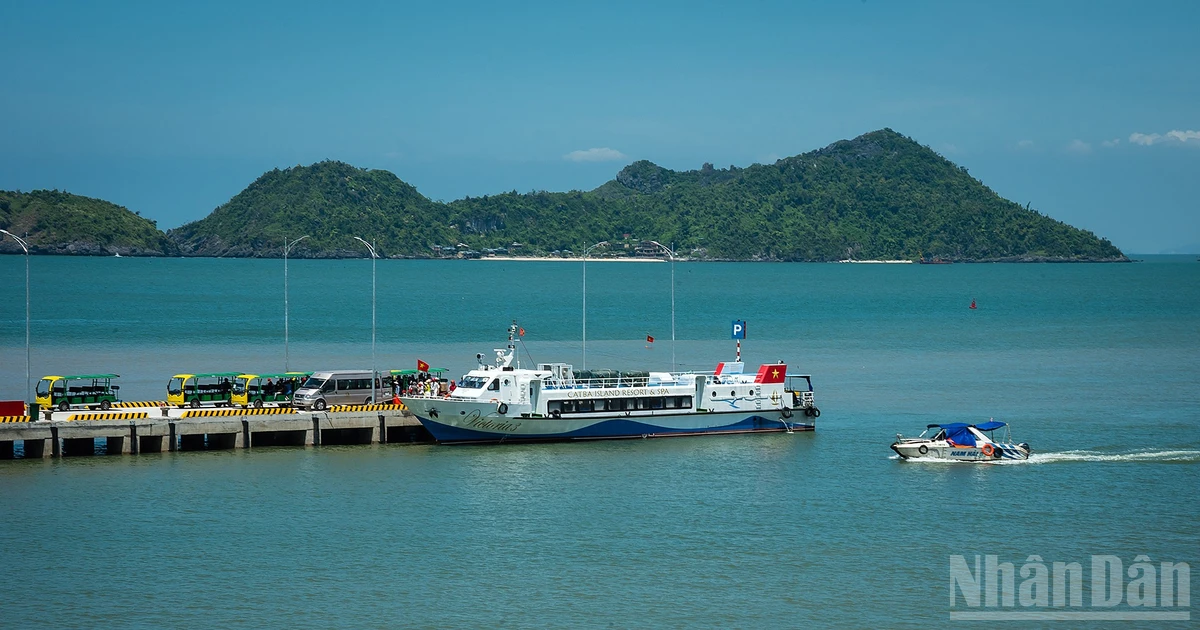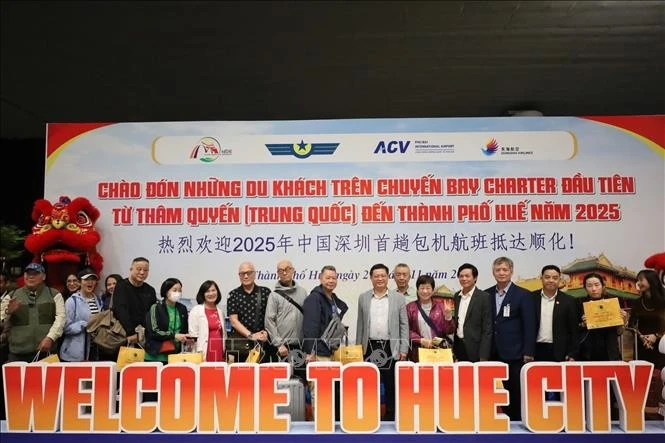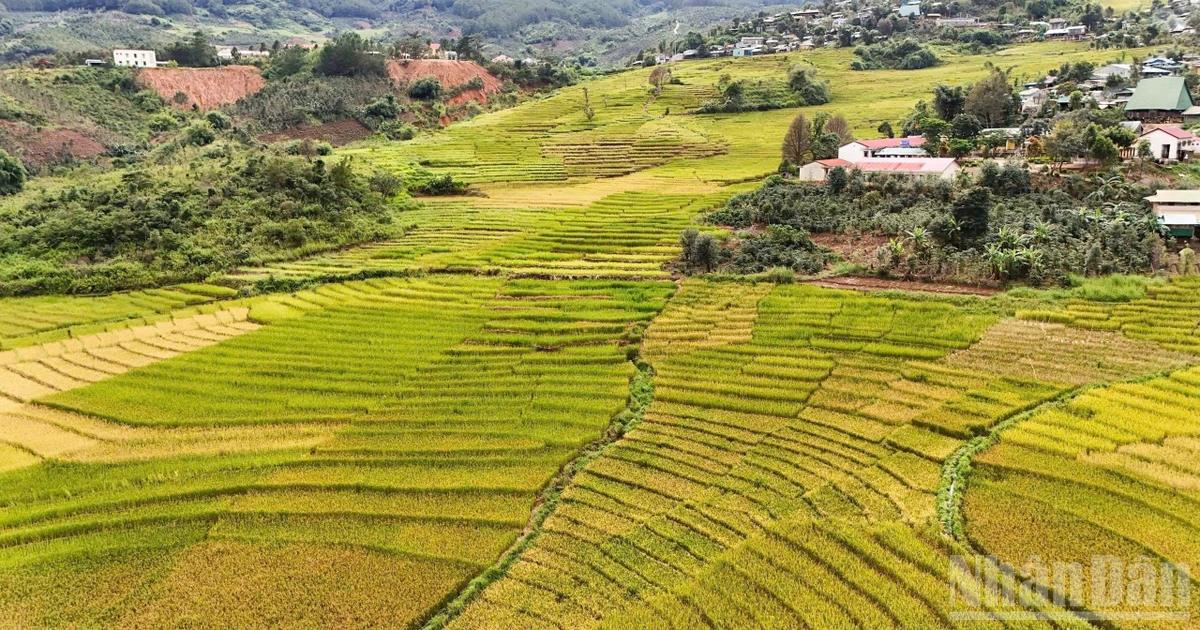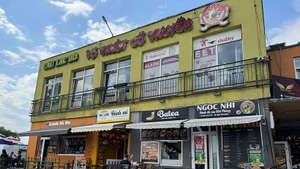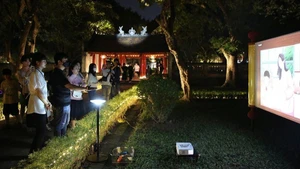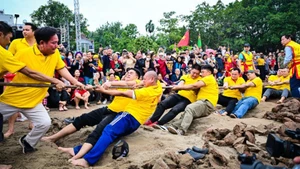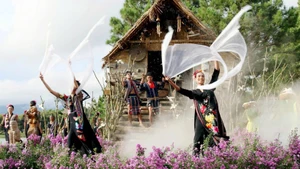Advantages from cultural resources
Kon Tum’s assorted tangible and intangible culture heritages can be seen through local architectures, festivals, musical instruments, folklore art forms, cuisine, costumes, and the craft of brocade making.
Being aware of the important role played by culture to the community, Kon Tum provincial authorities and leaders of local cultural sectors have implemented a range of activities to preserve and promote ethnic minorities groups’ traditional culture.
Prominently, practical actions have also been taken to safeguard communal houses, a symbol and an indispensable cultural facility in the spiritual life of ethnic groups in Central Highlands region. To date, Kon Tum is home to a total of 49 communal houses.
The provincial People’s Committee has approved a project on preserving and upholding the gong culture space in the locality for the 2016-2020 period, which set solutions to effectively promote the value of gongs in the community. Statistics have revealed that the province now has 1,916 sets of gongs in various sizes and types.
Due attention has also been attached to safeguarding traditional costumes, jewellery, daily utensils, production tools, and musical instruments as well as to revitalising the traditional craft of brocade weaving.
In addition, many traditional festivals have been reinvigorated, including the traditional wedding of Ba Na and Ro Mam people, the ceremony to pray for a bumper crop of Ro Mam people, a ritual to pay tribute to the village’s god of Brau people, and the buffalo cage-making ceremony of Xo Dang people.
Moving to develop sustainable tourism

A gong performance by Se Dang ethic people in Kon Tum province (Photo: VOV)
A project on developing Kon Tum province’s tourism with a vision to 2020 was approved by the provincial Party Committee in 2017. Taking advantage of the available and abundant repertoire of cultural heritages, the Kon Tum provincial Department of Culture, Sports and Tourism have actively coordinated with relevant departments, sectors and local authorities to develop cultural tourism.
Accordingly, tours have been set up to cultural and tourism villages, including Kon Ko Tu village (Kon Tum city), Kon Pring village (Kon Plong district), Dak Rang village (Ngoc Hoi district), and Kon Brap (Kon Ray district), where visitors can learn about the traditional architecture and experience the daily life and cultural practices with the villagers themselves. They can also taste indigenous dishes and try their hands at traditional crafts of weaving and wood carving.
Many homestay facilities have been built, inviting vacationers to join locals in production activities and explore indigenous culture.
As one of the pioneers in developing cultural tourism in Kon Tum province, Meritorious Artisan A Biu in Plei Klech village, Ngoc Bay commune, Kon Tum city said that he wanted to keep Ba Na ethnic group’s cultural identity and introduce the cultural beauty of his tribe to domestic and foreign visitors.
A Biu has called on joint efforts from the villagers to enliven their ancestors’ crafts, practices and costumes. He also set up a gong troupe, which gather youngster in the villages, to deliver performances for visitors while educating the descendants about their tradition.
By getting involved in developing tourism, local people have increased the awareness of protecting the environment, building friendly lifestyle, and safeguarding traditional culture of their ethnic groups.
According to Do Van Minh, head of the Tourism Management Office under the provincial Department of Culture, Sports and Tourism, developing tourism in rural areas with a concern to local culture has generated a stable income for farmers while contributing to diversifying tourist products of the locality.
In the coming time, Kon Tum province will focus on fostering the advertisement of the local ethnic minority groups’ traditional culture and boosting cultural integration. The province also plans to enhance on-the-job training on the preservation of cultural heritages in the community while calling for further participation from social organisations in uploading local cultural beauty.
